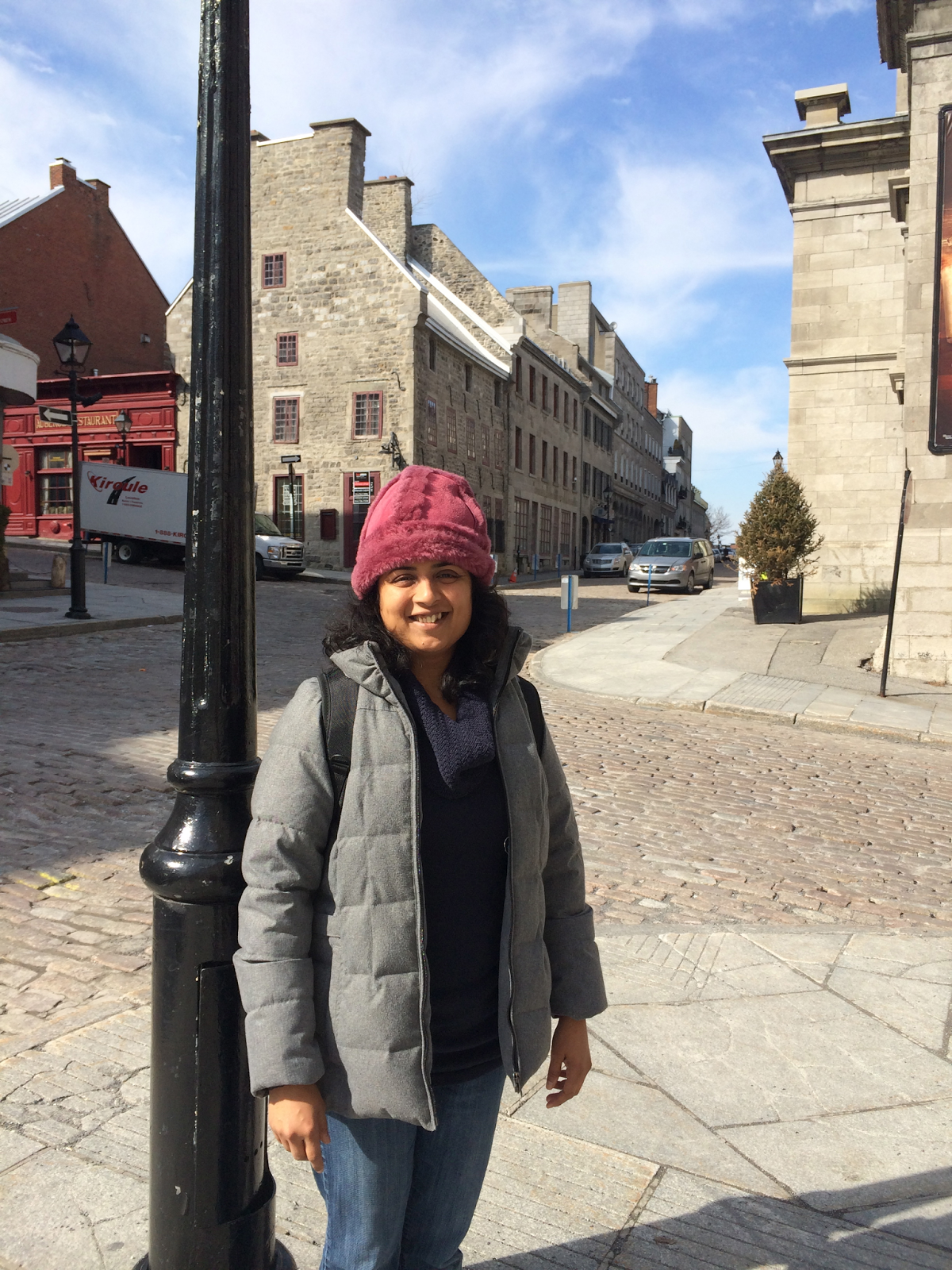Couldn't get simpler. The Vout was input to AnalogIn of the LPC1768 for ADC conversion. As expected, it was reading intermediate values. (ADC on the pulse was reading only zeros or 1s.) Great! For lack of a respectful oscilloscope, I made do with this test result.
Now to the drawing board.
What could change here to accomodate for a small capacitance value of the sensor (in place of the 470uF)?
1. The reactance of the capacitor is inversely proportional to the input frequency. So to bring that down, I have to increase frequency of the input pulse. 2kHz? 10MHz? Somewhere in between?
2. The capacitance is seemingly low. I ran some simulations on circuitlab (in demo mode) and unfortunately do not have the plots saved. Fortunately though, I quickly made a note of the change in output for different capacitance values.
Vin - pulse of 3.3V, 2MHz
R1 - 100Kohms
Vout max for C1 at 1pF - 2.74V
Vout max for C1 at 5pF - 1V
Vout max for C1 at 10pF - 500mV
3. At this point, since my sensor is un-calibrated, I do not know the min and max capacitance values, changed by soil moisture. In the worst case, it is smaller than 10pF, making it a bit obvious that I now need to design in voltage amplifiers.
Enter OpAmps!!!!!!
Next iteration of this design process will include 2 opamps; one for amplification and the other as voltage follower for reducing output impedance.
A full weekend into this, I am now almost ready to spend on a good simulator. Please leave your suggestions in the comments. I loved circuitlab for the duration I used it - super quick and easy to simulate - but I am not a power user and am loathe to spend that cash on it.
Update: I have bought a month's worth of circuitlab and am loving it.








